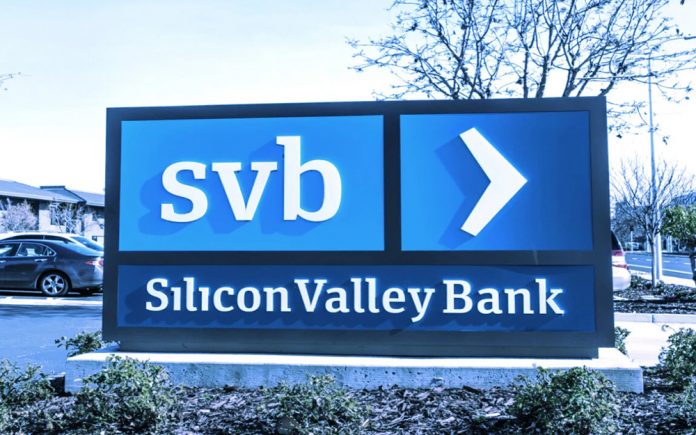
By Haddon Libby
How could Silicon Valley Bank (SVB) go from having $18 billion in equity at year-end with $2 billion in net income to a surprise closure by regulators on March 10th? This $200 billion bank is the largest failure since Washington Mutual in 2008.
SVB’s stock was trading at more than $700/share on Halloween 2021 which put the bank’s value at more than $40 billion. At the start of this month, the stock was still trading at $285/share with a valuation of $15 billion. As recently as the day before SVBs failure, independent ratings agency CFRA thought the bank was $175/share as shares were trading at $267/share. Moody’s downgraded the debt of the bank to BBB-, its lowest investment grade rating. The bank’s weakness was attributed to lower venture capital business which was reducing deposit balances and loan levels as well as the announcement that the bank was raising $2.25 billion in new capital. At the same time, Wedbush and Piper Sandler maintained their ratings on the stock with no warnings. Only 1 of 22 analysts that followed the stock had a ‘sell’ rating on March 9th with 14 at hold and 7 recommending buys. Only one day later, the bank was taken over by the FDIC.
So what happened? The short version is that there was a good old-fashioned run on the bank. Prior to the bank’s failure, it had $17 billion in capital with regulatory minimum requirements in the $9 billion area. While there were concerns about a $1.8 billion write down on securities sold, no one showed concerns that this could cause the bank’s failure.
To meet liquidity needs, the bank had to sell mortgage-backed securities that were purchased when interest rates were at all-time lows. When those bonds were sold, Silicon Valley took losses that wiped out their sizable capital base.
What makes Silicon Valley Bank unique is that it was the bank for venture capital (VC) firms in the technology industry. This led to more than 37,000 accounts holding balances of more than $250,000 at the bank. As a reminder, balances over $250,000 are not insured by the FDIC and subject to loss when a bank fails. When VC firms began moving deposits from the bank due to concerns over SVB, regulators had to step in as the bank could not meet all client withdrawals due to heavy losses on the sale of its mortgage-backed securities.
Most likely, large depositors will get their money back. During the Great Recession when scores of banks failed, most accounts with over $250,000 received a return of all funds.
MarketWatch reports that there are ten banks with ‘unfavorable’ trends like SVB. A quick look suggests that none is at risk of failure like SVB. Some of the banks with offices locally that are at risk include KeyBank, Zions Bank via California Bank & Trust, First Republic Bank and Pacific Premier Bank Of the most concern are the banks with a high percentage of capital encumbered by bond portfolio declines in value. The banks with the highest percentage of capital at risk are Comerica at 42%, Zions Bank at 39%, Popular at 38% and Key Bank (32%).
It is worth noting that Silicon Valley’s CEO sold $3.6 million in stock not long before the failure while the Chief Marketing Officer and Chief Financial Officer sold $1.5 billion between them. Were they aware of the pending problems when they initiated these 10b5-1 stock sale programs? Hopefully, regulators will be able to find out what key executives knew about the bank’s problems and when they forgot about these issues in order to benefit their personal bank accounts.
The fact that management bought so many long-term bonds when rates were nearing zero and continued to hold them on the books is idiotic.
Haddon Libby is the Founder and Chief Investment Officer of Winslow Drake Investment Management. Prior to starting this independent RIA firm, he was an analyst and investment banker to banks for 13 years at Bank of America Securities as well as a bank CFO.
For more information on Winslow Drake, please visit www.WinslowDrake.com.










































